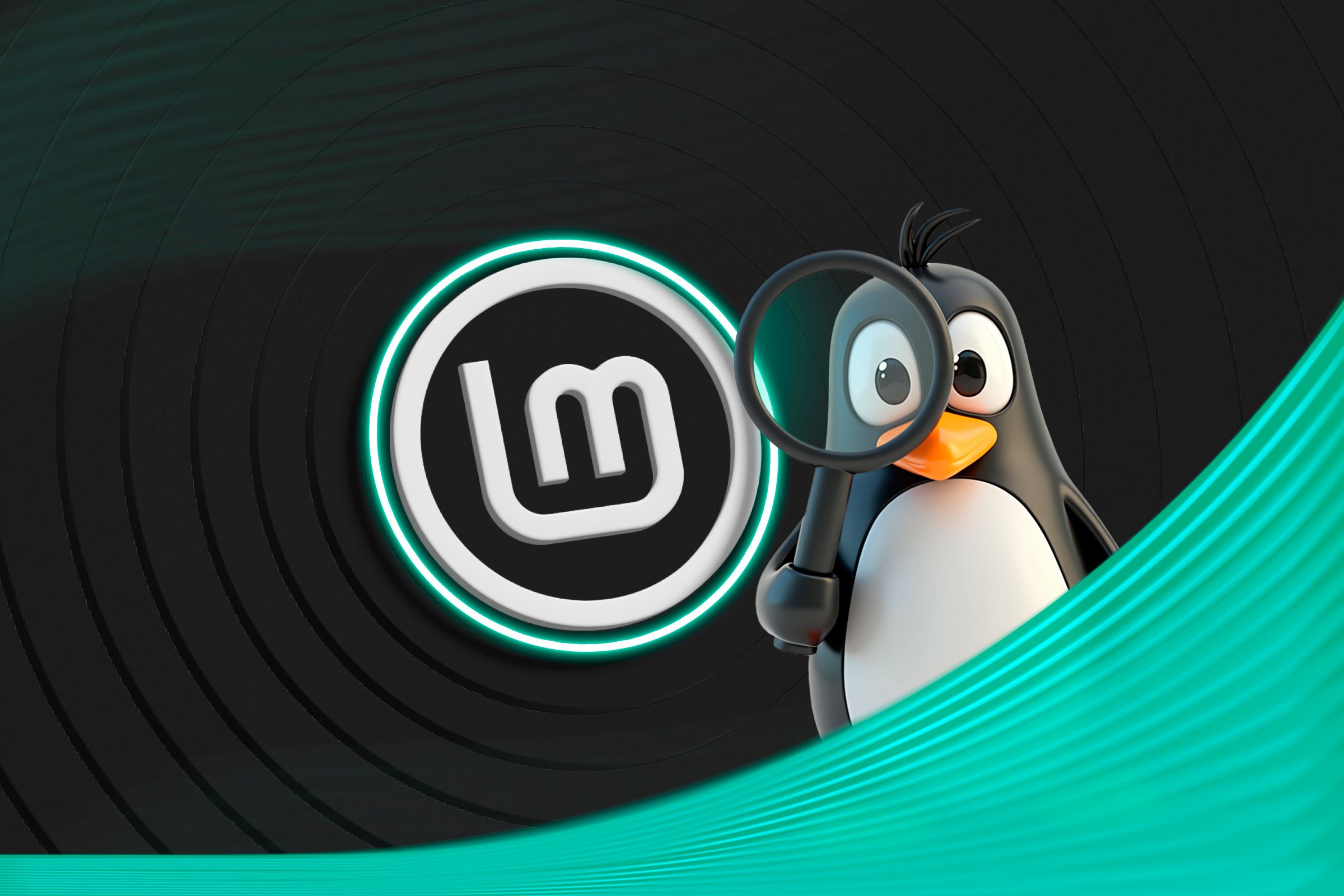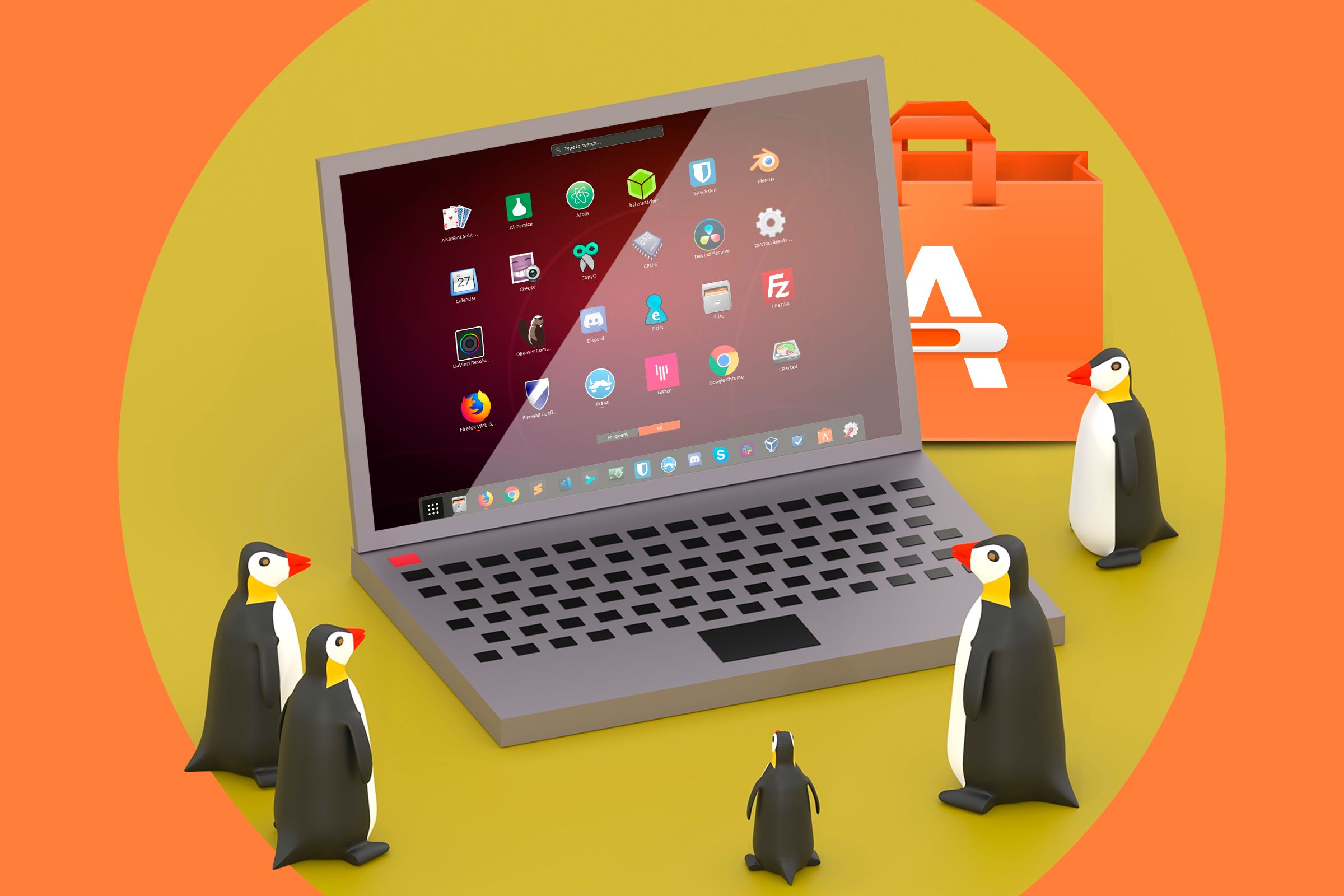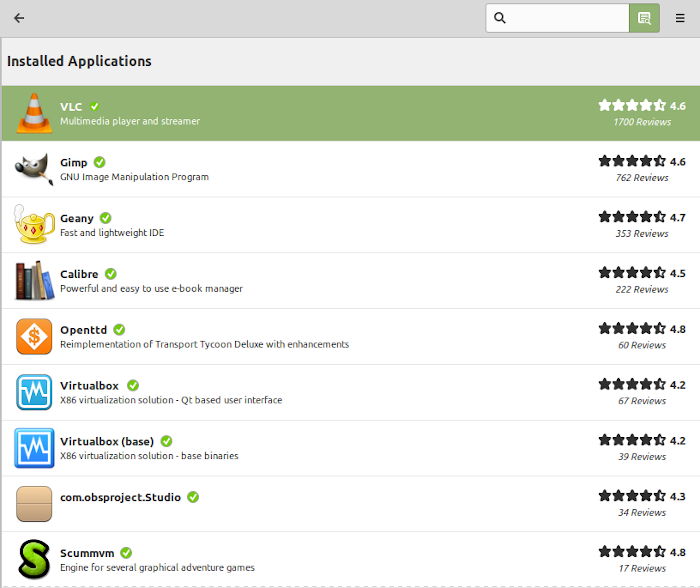Since I started using Linux over a decade ago, I’ve been a Mint fan. Over the years I’ve tried using other distros—and tried some really weird stuff, often in service of How-to Geek—but Linux Mint has always remained my daily driver and I’ve never seriously considered getting rid of it. Here’s why I like it.
Linux Mint Is Easy to Use
I grew up using Windows, and I always really liked it. Even generally hated operating systems (OSes) like Windows Vista were kinda okay by me, until Windows 8 came around. Suddenly, Microsoft removed the start button and forced users to sign in with an account, and I just hated it. The privacy aspect was one thing, but being left without a central spot from which to manage my computer felt like I was hamstrung.
Enter Linux Mint, which was recommended to me by a buddy. Suddenly, my start button was back, which was great, but I gained more than just what I had lost: I had a lot more control than Windows ever gave me, and it was so much easier to use, too.

Related
What Is Linux Mint, and Why Would You Use It?
Let’s take a look at the open-source OS that may make you finally say goodbye to Windows.
To be clear, I don’t mean to say that Linux Mint is easy to use by Linux standards, but by the standards of Windows. Most things in Mint just work, functions are clearly labelled, and there are no weird programs that won’t let you do things or revert your changes.
Sure, the chances you will screw up your system are greater, but that’s only in extreme cases. In day-to-day use, Linux Mint is a straightforward system that not only gives you control, but will never have you looking for 20 minutes as you try and figure out how something works.
Lots of Software Ready Out of the Box
One issue when using Linux, any distro, is that of software. Though the situation is slowly changing, much of the world’s most popular software won’t run on Linux without some elbow grease on your part. This is a fact, but I love how easy Linux Mint makes it to find alternative programs that do run. They’re free, to boot.
The Linux Mint software manager has a list of hundreds, if not thousands, of programs that are ready to run right out of the box. You just need to click the install button, and that should be it. The best part is that they include open-source alternatives to popular programs (like Photoshop alternative GIMP), but also versions of premium software that should work on Mint.
This makes Linux Mint a great platform to experiment on with different programs. If you’re interested in open-source software, even if just to get further away from Big Tech, then I recommend you check out Linux Mint even if only to just get an idea of your options.

Related
Why Do I Use Linux? It’s the Apps, and Here Are 7 of My Favorites
The best apps for GNU are also the best apps for me.
Linux Mint Is Fast
Finally, I like how fast Linux Mint is. Whenever I use a Windows machine (or even some other flavors of Linux), I always notice how long everything takes: from booting up, to opening programs, to even performing basic functions.
With Linux Mint, though, I have none of those issues, even on an older laptop. Programs execute quickly, booting up takes maybe eight seconds, and overall I feel like I’ll be getting plenty of mileage out of my current machine for the years to come. I even feel like when comparing Mint to Ubuntu, its big rival, it’s a little faster.
As much as I like other Linux distros, I don’t really feel I’ll be moving on from Linux Mint any time soon. Not only am I, like most of us, a creature of habit, I also just like the attitude behind Mint, the ease of use, and the fact that I seem able to always get it to work the way that I like.




